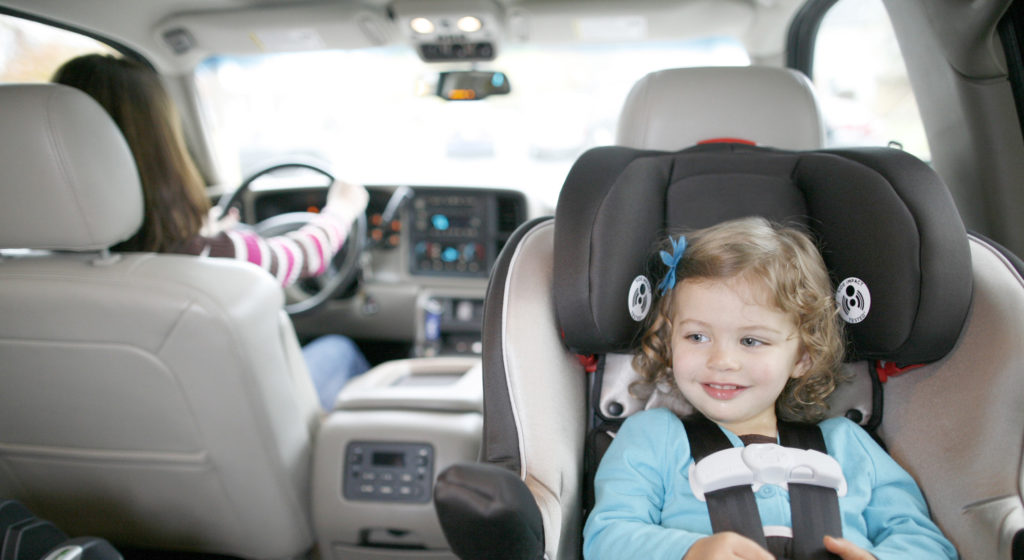Don’t leave children unattended in vehicles
Likelihood of heat stroke, death rises with temperatures
Each year, children get heat stroke or die from being left unattended in a hot car, but a Texas A&M AgriLife Extension Service passenger safety expert says there are ways to avoid tragedy.
Bev Kellner, AgriLife Extension traffic safety project director, said as temperatures increase, so does the likelihood of heat stroke and death for children left alone in a vehicle.
“Children are especially vulnerable to heatstroke,” she said. “And Texas has a greater overall number of child deaths from children being left in hot cars than any other state.”
She said temperatures in parked vehicles rise very quickly, and a child’s body temperature increases three to five times faster than an adult’s.
“That combination can be deadly, and in hot weather, the temperature inside a vehicle can increase by almost 20 degrees in as little as 10 minutes,” Kellner said.
She noted children are far more vulnerable to heatstroke than adults, even when exterior temperatures are not excessively hot.

“Hyperthermia or heat stroke can occur at body temperatures above 104 degrees, and even milder exterior temperatures of as low as 80 degrees can pose a threat if a vehicle is parked outside,” she said. “And contrary to popular belief, cracking a window does little or nothing to dispel the heat from the interior of the vehicle.”
Tips for avoiding child hot-car deaths
Kellner said more than half of child deaths from hot cars are due to caregivers forgetting they had a child in the vehicle.
“These deaths are entirely preventable if a few precautions are taken,” she said.
Kellner preaches the “ACT” approach of the Safe Kids Worldwide organization to reduce the possibility of a child being left alone in a hot vehicle.
The “A” stands for avoiding heat stroke-related injury and death by never leaving a child alone in a car, not even for a minute.
The “C” is for creating a visual reminder that a child is in the back seat — placing a phone, gym bag, briefcase, purse or other frequently used items in the back seat with the child.
The “T” stands for taking action, particularly calling 911 if you see a child alone in a vehicle.
“And if your own child is locked in a car, get him or her out as quickly as possible and dial 911 immediately,” Kellner said. “Emergency personnel are trained to evaluate and check for signs of heat stroke.”
Kellner and Safe Kids offered these additional safety tips:
- Teach children not to play in and around vehicles.
- Instruct children that trunks are for transporting cargo and are not safe places to play. If your child is missing, check vehicles, trunks and other potentially dangerous places.
- Never leave keys in the car and store them out of children’s sight and reach.
- Make sure your vehicle is locked while nobody is using it so kids can’t get into it on their own.
- If you have a small child, always look in the vehicle — front and back — before locking the door and walking away.
- When parking a multipassenger vehicle, ensure no children are sleeping on the seats or hiding under them.
- Identify and use safe play areas for children — away from parked or moving vehicles.
- Look into technologies that can help remind you that a child is in the back seat, such as the WAZE traffic app reminder and sensor systems.
Kellner said other ways to help avoid children being accidentally locked in hot vehicles are to use drive-thru services when available and pay for gas at the pump with a debit or credit card instead of going inside.


